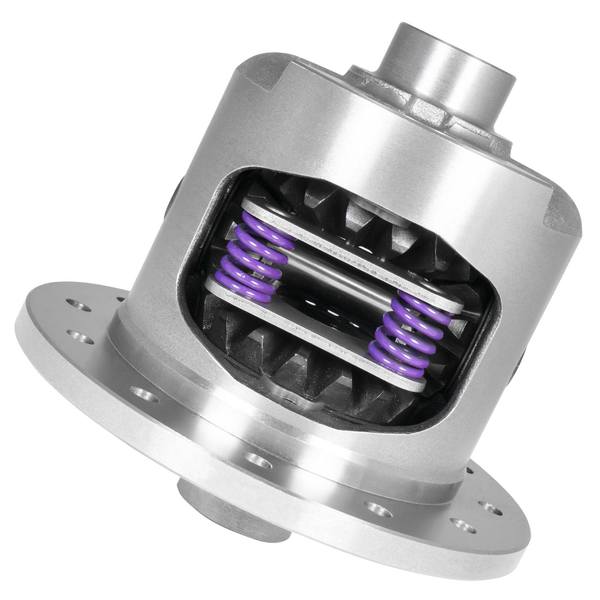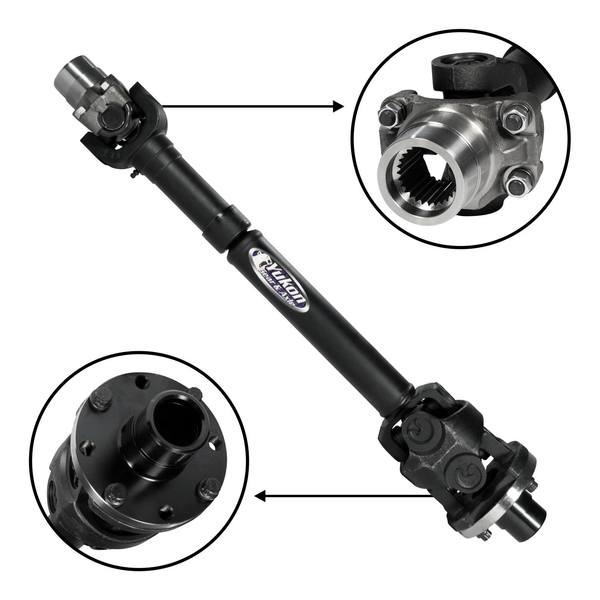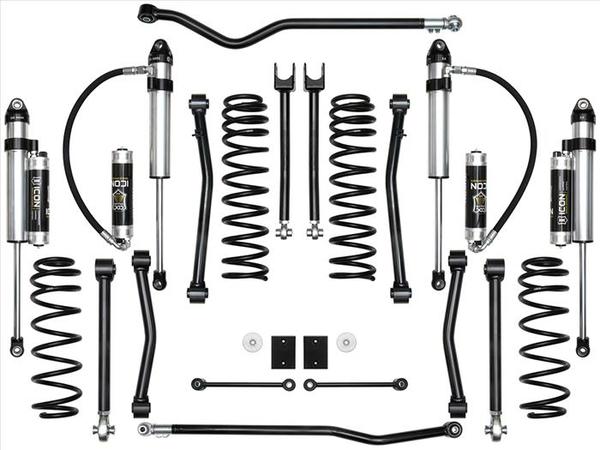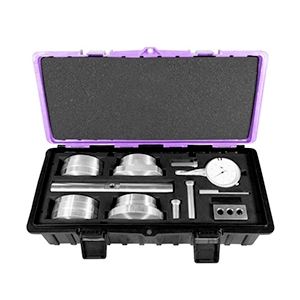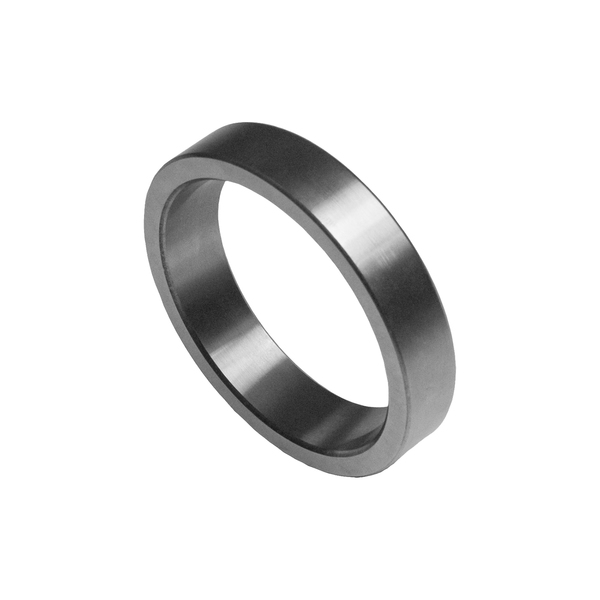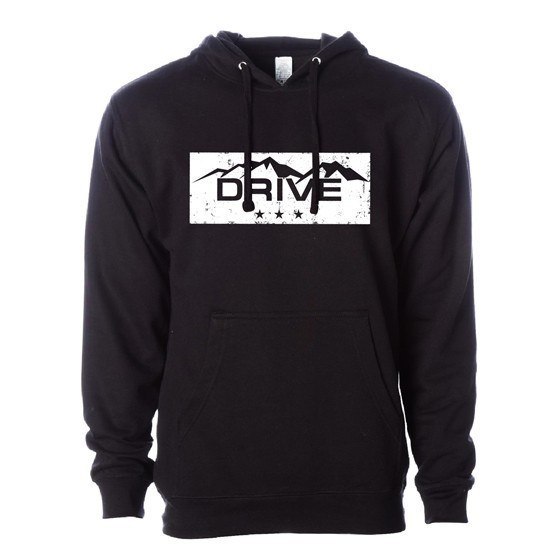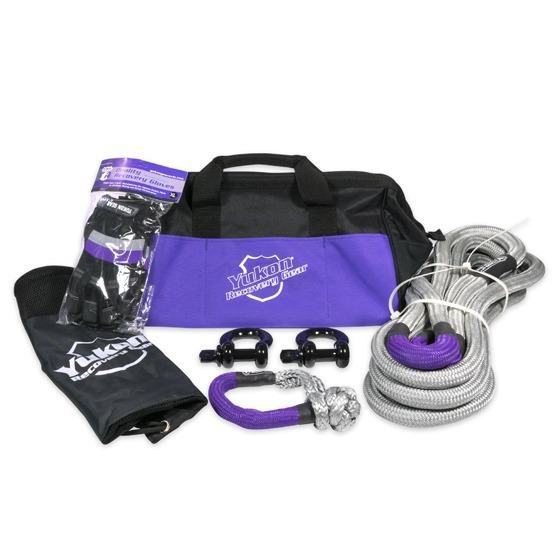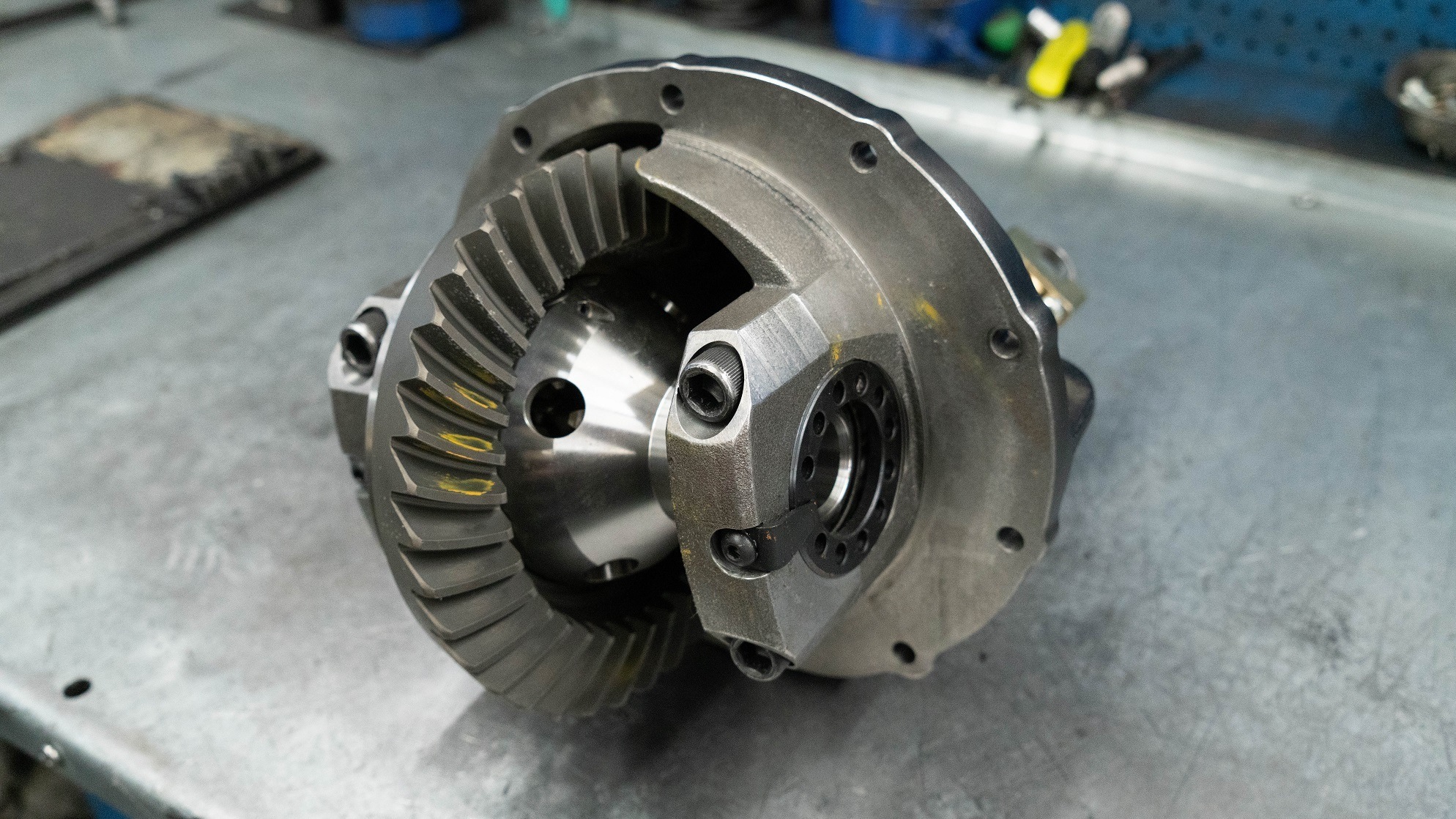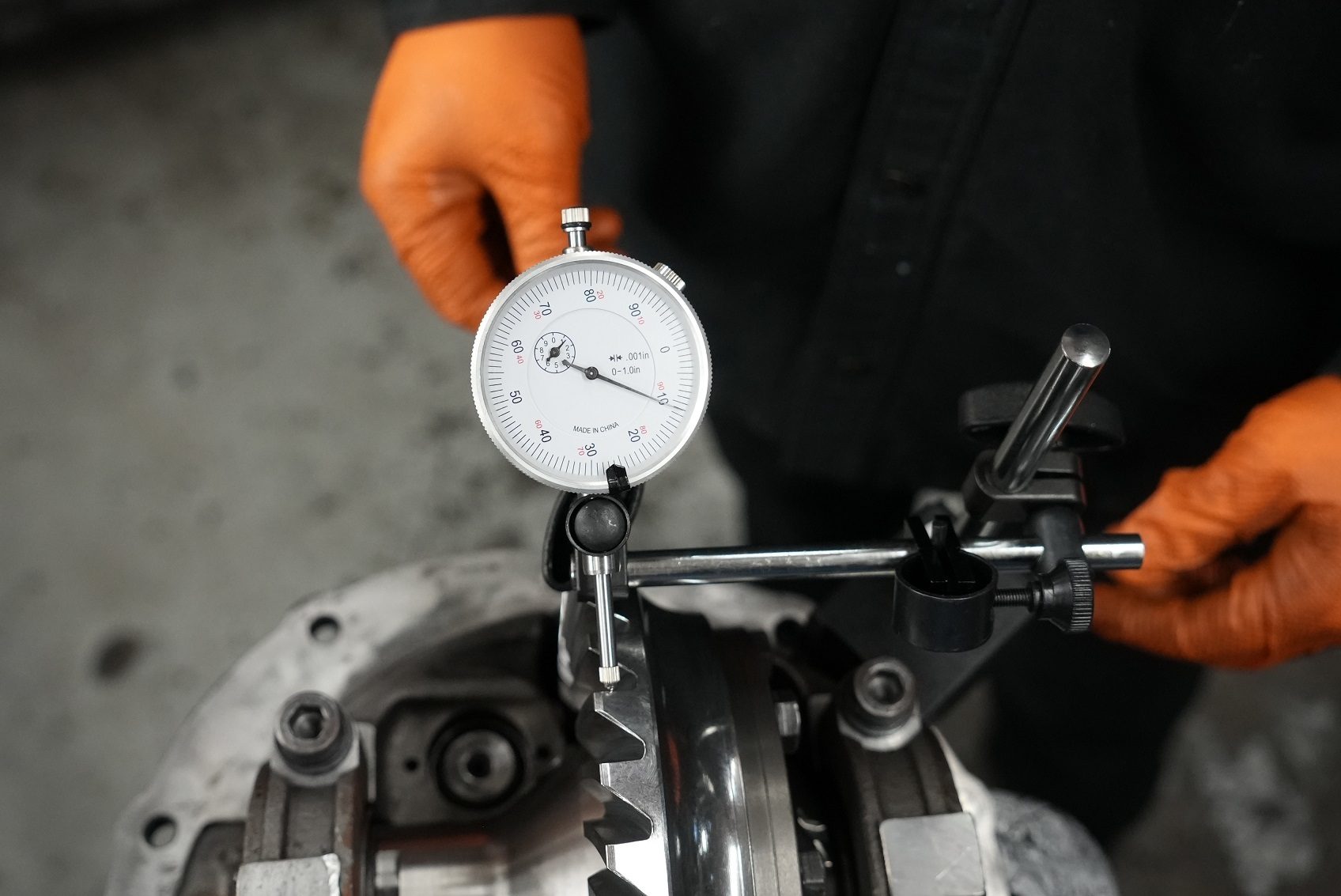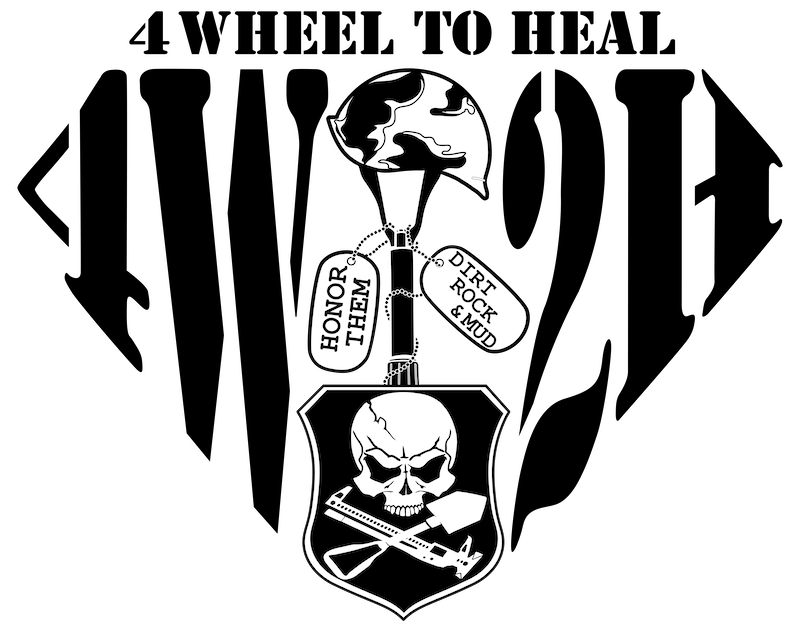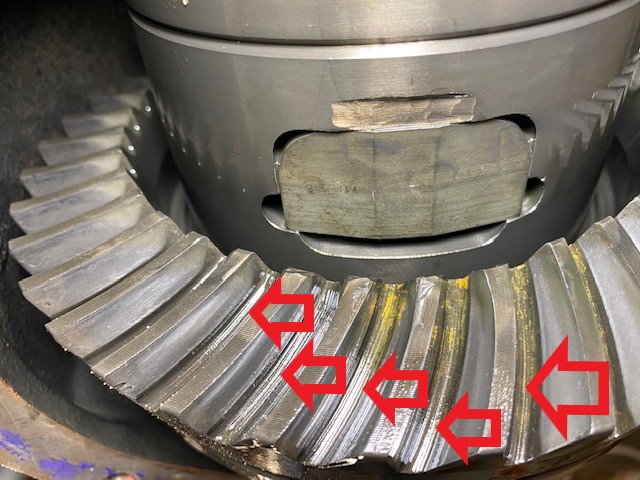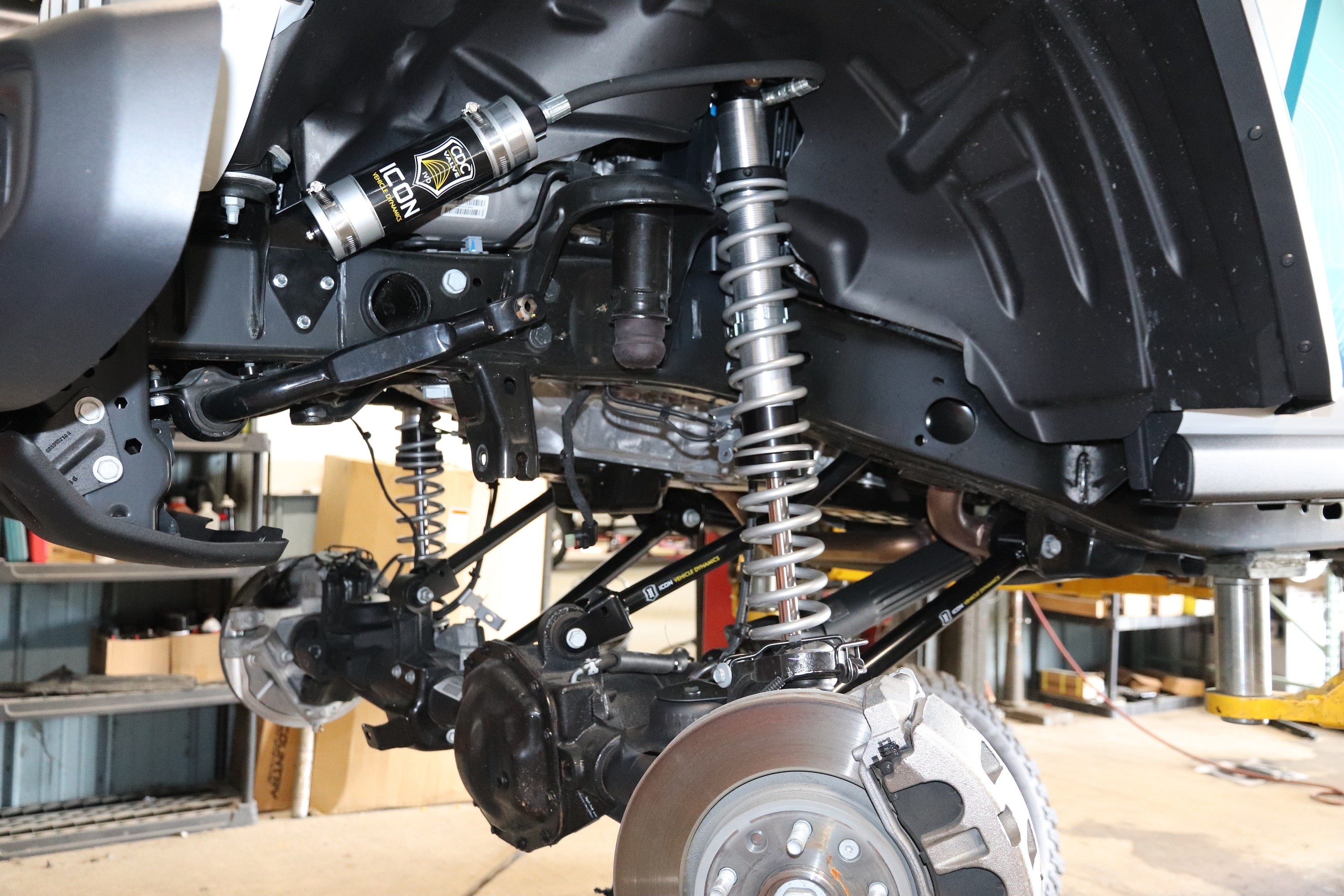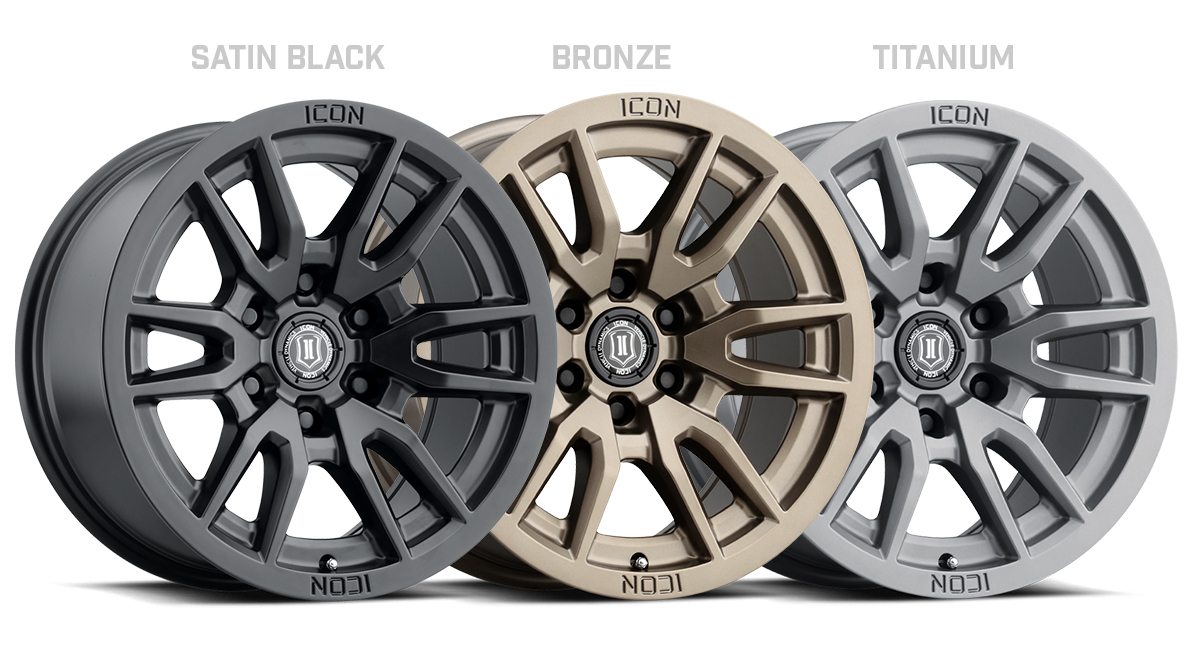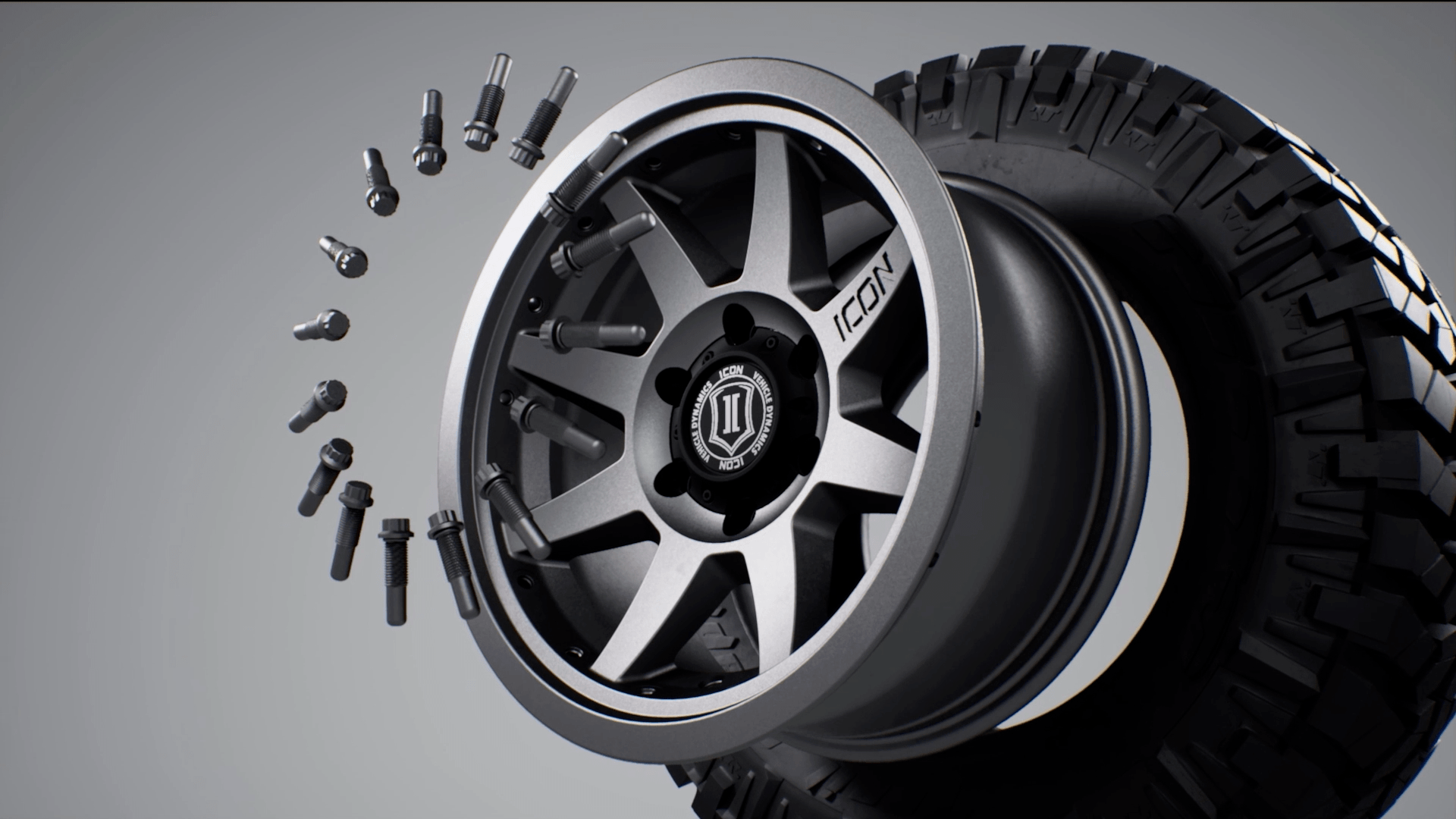A pumpkin is a pumpkin, right? We’re talking about differential housings, not jack-o’-lanterns, and hold your horses - all are not created equal in the eyes of the drivetrain gods. While diff housings all do the same basic thing: house the gears that make forward motion possible, there are two different designs at work here.
Dropout Differentials
Dropout differentials, also known as third members, can be readily identified by their removable front center section. The ring and pinion gear set in a dropout diff is contained within a carrier assembly that can be removed or dropped out for easy access. The iconic Ford 9-inch is a dropout or third member type of differential and GM, Toyota, and Chrysler also offer dropout diffs.
.jpg) The ribbed housing is a quick giveaway that this is a Ford 9-inch.
The ribbed housing is a quick giveaway that this is a Ford 9-inch.
Along with the OE Ford 9-inch, there are tons of custom aftermarket Ford 9-inch configurations. The General has dropouts but many of them date back to the 1950s and are not relevant today. Toyota dropout-style diffs consist of the 7.5” rear, 8” rear, 8” high pinion, 8” clamshell, 7.5”, 8.5”, T100 IFS, and numerous 9”, 9.5”, and 10” offerings. In the Mopar world dropout differentials are called banjo-style diffs because someone thought the assembly, when pictured with an axle shaft, had the look of the infamous stringed musical instrument. The Chrysler 8.75” is the automaker’s most popular dropout-style diff. Of course, Dana manufactures a number of dropout style diffs that appear in vehicles across numerous brands. In some circles a front-loading dropout-type diff is known as a pig-style diff. While on the subject of slang, our friends across the pond call the ring gear a “crown wheel” … hey, as long as we’re on the same page it’s all good.
Perhaps the main inherent advantage of a dropout diff is easy gear swaps. The gear swap advantage boils down to where you do the work. Since the gear case center section can be unbolted and removed, all the ring and pinion gear installation and tedious setup can be done away from the vehicle on a workbench. It’s more comfortable and access to, and applying leverage on, the key components is much easier.
Shop Dropout Housings Shop Complete Differentials/Third Members
Carrier Differentials
Carrier differentials have a cover on the backside of the pumpkin that is unbolted to gain access to the ring and pinion gears and other internal workings of the diff. GM’s 10-bolt and 12-bolt differentials are common examples of carrier-style diffs, which may be referred to as Salisbury differentials by those who speak the Queen’s English.

The fact that the gears are visible on the backside of the housing is a telltale sign this is a carrier-type differential.
Carrier-type differentials are more popular and they have some strengths when compared to a dropout diff. Troubleshooting is one. Looking for broken or worn parts in a carrier diff is as easy as removing the back cover where in a dropout you have to commit to a full gear case removal to see what’s going on. It should be noted that some custom aftermarket dropout diffs have rear inspection covers to address this concern.
There is a less common concern for carrier diff drivers who wheel on the weekends; the diff cover. Traversing craggy terrain can  result in the stock diff cover being peeled back like a can of sardines. A protruding rock or tree stump can also spell doom by way of impact damage. The answer: Yukon Hardcore Performance Diff Covers. They look great and are constructed from thick-walled high strength nodular steel to protect lockers, gears, and axles from extreme impacts as well as deflection caused by flex in the housing. Hardcore Performance Diff Covers come with a durable powder coat finish, magnetic drain plug, quality gasket, and high-strength steel fasteners for easy bolt-on installation.
result in the stock diff cover being peeled back like a can of sardines. A protruding rock or tree stump can also spell doom by way of impact damage. The answer: Yukon Hardcore Performance Diff Covers. They look great and are constructed from thick-walled high strength nodular steel to protect lockers, gears, and axles from extreme impacts as well as deflection caused by flex in the housing. Hardcore Performance Diff Covers come with a durable powder coat finish, magnetic drain plug, quality gasket, and high-strength steel fasteners for easy bolt-on installation.
Knowing what dropout and carrier-type differentials are and a general idea how they work will help you make more informed installation decisions as you have the knowledge and vocabulary to talk straight with your mechanic.
 AMC
AMC
 Chrysler
Chrysler
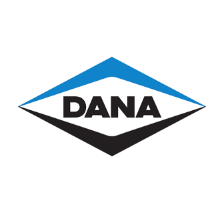 Dana
Dana
 Ford
Ford
 GM
GM
 Isuzu
Isuzu
 Nissan
Nissan
 Suzuki
Suzuki
 Toyota
Toyota
